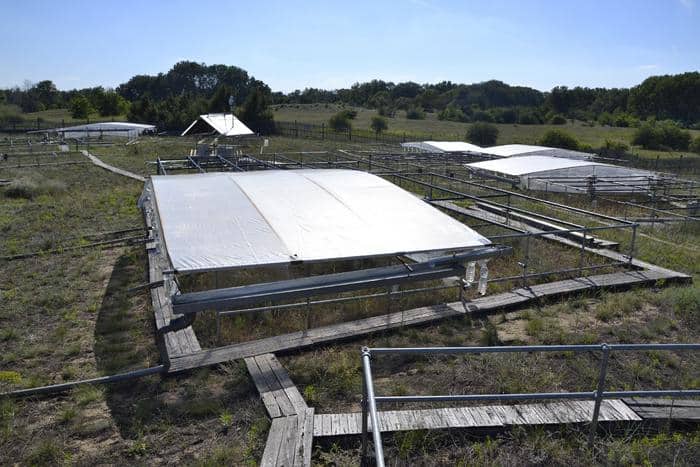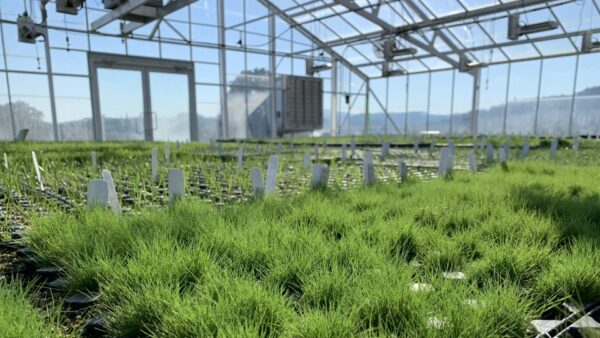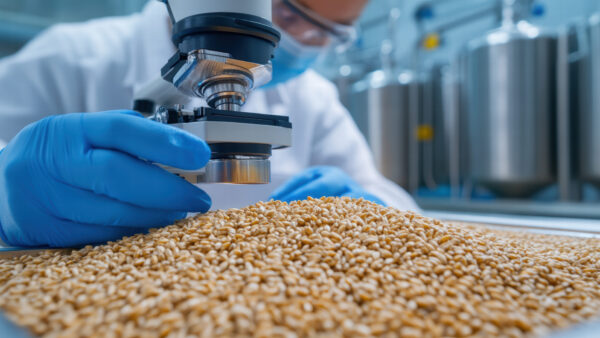A new study states that addressing the effects of climate change while safeguarding biodiversity is a key priority for both scientists and policymakers.
As climate change leads to more frequent and severe droughts, understanding its impact on natural ecosystems is becoming increasingly critical. A significant challenge lies in predicting how shifts in precipitation patterns will affect species richness, according to a press release. While it is well established that areas with more water tend to support greater plant diversity on a large scale, the effects of rainfall on species richness can vary at smaller plot levels. To refine predictions, it is essential to explore the underlying mechanisms — especially how severe droughts and long-term changes in rainfall influence biodiversity. A recent study highlights that increased aridity at the plot level is linked to a decline in plant species richness, with this effect being even more pronounced following extreme droughts. However, detecting this phenomenon can be challenging, as dominant plant species may mask the impact in the absence of drought conditions.
A study conducted by the HUN-REN Centre for Ecological Research in Hungary explores the complex relationships between long-term rainfall changes, extreme drought events, the biomass of dominant plant species, and plant species diversity in dryland ecosystems. Published in the Journal of Ecology, the research demonstrates that increased dryness results in a decline in plant species diversity in drylands, while also uncovering the mechanisms by which rising aridity contributes to biodiversity loss in these vulnerable ecosystems.
Using data from a seven-year climate change field experiment, researchers conducted a path analysis to explore the direct and indirect effects of precipitation on species diversity. The experiment simulated an extreme drought event followed by long-term changes in summer rainfall using rainout shelters. Initial analysis revealed a strong positive relationship between rainfall and species diversity following the extreme drought treatment, though this effect was absent without drought. Interestingly, the path analysis revealed an additional layer: in the absence of drought, increased rainfall promoted the biomass of dominant grass species, which in turn reduced overall plant diversity. Despite this, the direct effect of rainfall remained positive, enhancing species richness even when dominant species suppressed other plants. The study also found that previous extreme drought events had strengthened the connection between rainfall and species diversity.
“Droughts weaken dominant species, creating opportunities for other plants to thrive, potentially altering the plant community,” lead author Dr. Gábor Ónodi says.
According to the press release, these findings have significant implications for predicting how natural ecosystems will respond to future climate change. Dr. György Kröel-Dulay, the lead researcher of the field experiment, notes “As global temperatures rise and precipitation patterns become more extreme, ecosystems may become increasingly sensitive to changes in water availability.” The study underscores the importance of considering both direct and indirect effects when evaluating the impact of climate change on biodiversity. Senior author Dr. Zoltán Botta-Dukát adds, “By deepening our understanding of these dynamics, we can better anticipate upcoming challenges and develop more effective strategies for conserving biodiversity in a world facing growing environmental uncertainties.”












